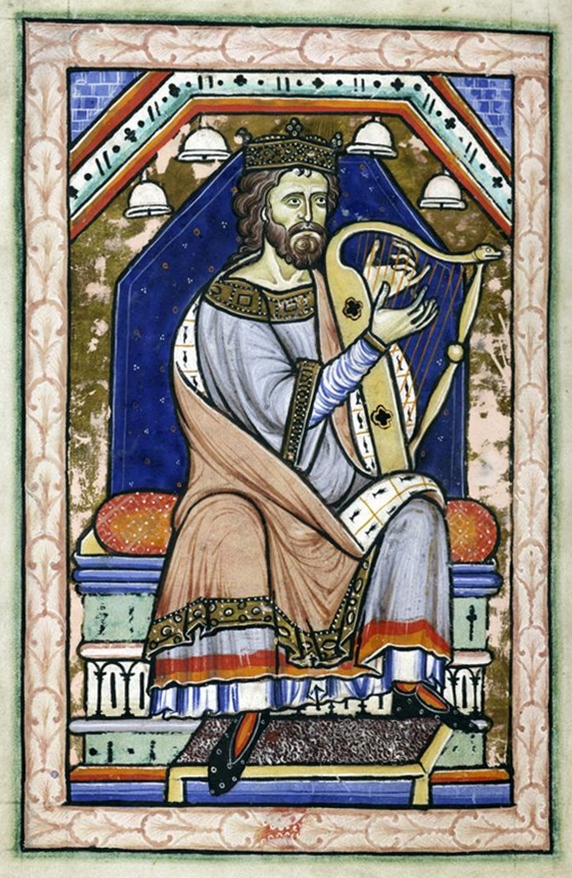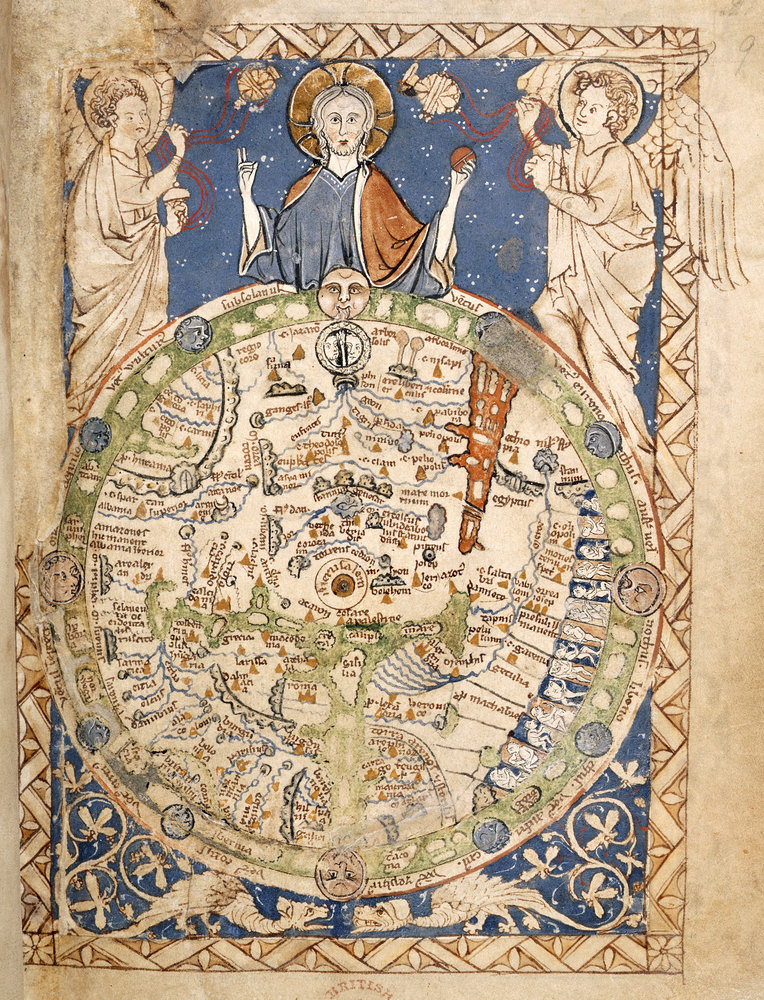 I am regularly asked by parents how they can teach an appreciation of good traditional art to their children. One father recently went further than that and asked me if there was anything I could do to unculturate them in such a way that their sensibilities are in tune with a catholic culture in its broadest sense. These are the ideas that I offered to him.
1. All traditional training in art involves drawing by copying from nature and then copying the works of Old Masters. Ideally children would do both but precisely what they try to draw depends on how old they are. Very young children could colour in line drawings based upon traditional forms - I illustrated a couple of books with this in mind, for example see Sacred Heart of Jesus Coloring Book. The more sophisticated might be able to try some tonal work on a copy of a baroque painting. A great start for anybody would be gothic or Romanesque illuminated manuscripts. These are line drawings with limited modelling. They are great fun to draw and my experience is that Catholics relate to these Western icons more readily than to Eastern iconographic forms. If you to get hold of examples type 'psalter' into the Google Images search engine. You don't need to feel bound to sacred imagery. The psalters of this period contained pictures of the everyday life at the time. All the examples shown here are from the Westminster Psalter.
I am regularly asked by parents how they can teach an appreciation of good traditional art to their children. One father recently went further than that and asked me if there was anything I could do to unculturate them in such a way that their sensibilities are in tune with a catholic culture in its broadest sense. These are the ideas that I offered to him.
1. All traditional training in art involves drawing by copying from nature and then copying the works of Old Masters. Ideally children would do both but precisely what they try to draw depends on how old they are. Very young children could colour in line drawings based upon traditional forms - I illustrated a couple of books with this in mind, for example see Sacred Heart of Jesus Coloring Book. The more sophisticated might be able to try some tonal work on a copy of a baroque painting. A great start for anybody would be gothic or Romanesque illuminated manuscripts. These are line drawings with limited modelling. They are great fun to draw and my experience is that Catholics relate to these Western icons more readily than to Eastern iconographic forms. If you to get hold of examples type 'psalter' into the Google Images search engine. You don't need to feel bound to sacred imagery. The psalters of this period contained pictures of the everyday life at the time. All the examples shown here are from the Westminster Psalter.
Drawing from nature, even for the most simple subject is more difficult. When the child is prepared to give it a go start with simple but interesting forms that don't require the child to summarise. So drawing a tree is very difficult, because it presents the problem of how to deal with thousands of leaves, but drawing a single daffodil is a bit easier; and a smooth ball or a cup easier still.
 2. Pray the Liturgy of the Hours in the family. This is perhaps the single most important item. Where possible the father, as head of the family, should lead the prayer and it should be sung. Wherever possible the psalms should be sung and the prayer should be oriented towards sacred image or images. Interestingly, I made some suggestions to this person who asked my about how he might sing compline with his children. I sang some very simple tones which he recorded on his laptop so that he could learn them (they were from the selection I developed myself with instructional videos, here). Then I showed him how to point any psalm so that any of these tones could be applied to them. He told me later that his children loved to sing the psalms and were competing for turns to sing on their own.
2. Pray the Liturgy of the Hours in the family. This is perhaps the single most important item. Where possible the father, as head of the family, should lead the prayer and it should be sung. Wherever possible the psalms should be sung and the prayer should be oriented towards sacred image or images. Interestingly, I made some suggestions to this person who asked my about how he might sing compline with his children. I sang some very simple tones which he recorded on his laptop so that he could learn them (they were from the selection I developed myself with instructional videos, here). Then I showed him how to point any psalm so that any of these tones could be applied to them. He told me later that his children loved to sing the psalms and were competing for turns to sing on their own.
3. As soon as possible learn to chant. Even if it is the simplest form of chant, and introduction to the eight modes will benefit the child more than conventional music, I believe. The intervals and harmonious relationship that are traced out in music impress upon the soul the essential patterns that comprise the beauty of the cosmos and which ultimately point, to use the phrase of Cardinal Ratzinger in the Spirit of the Liturgy, to the 'mind of the Creator'. Conventional music contains only two of the modes and so if the child is only exposed to the major and minor keys, no matter how beautiful the music, they will have a limited educational benefit.



